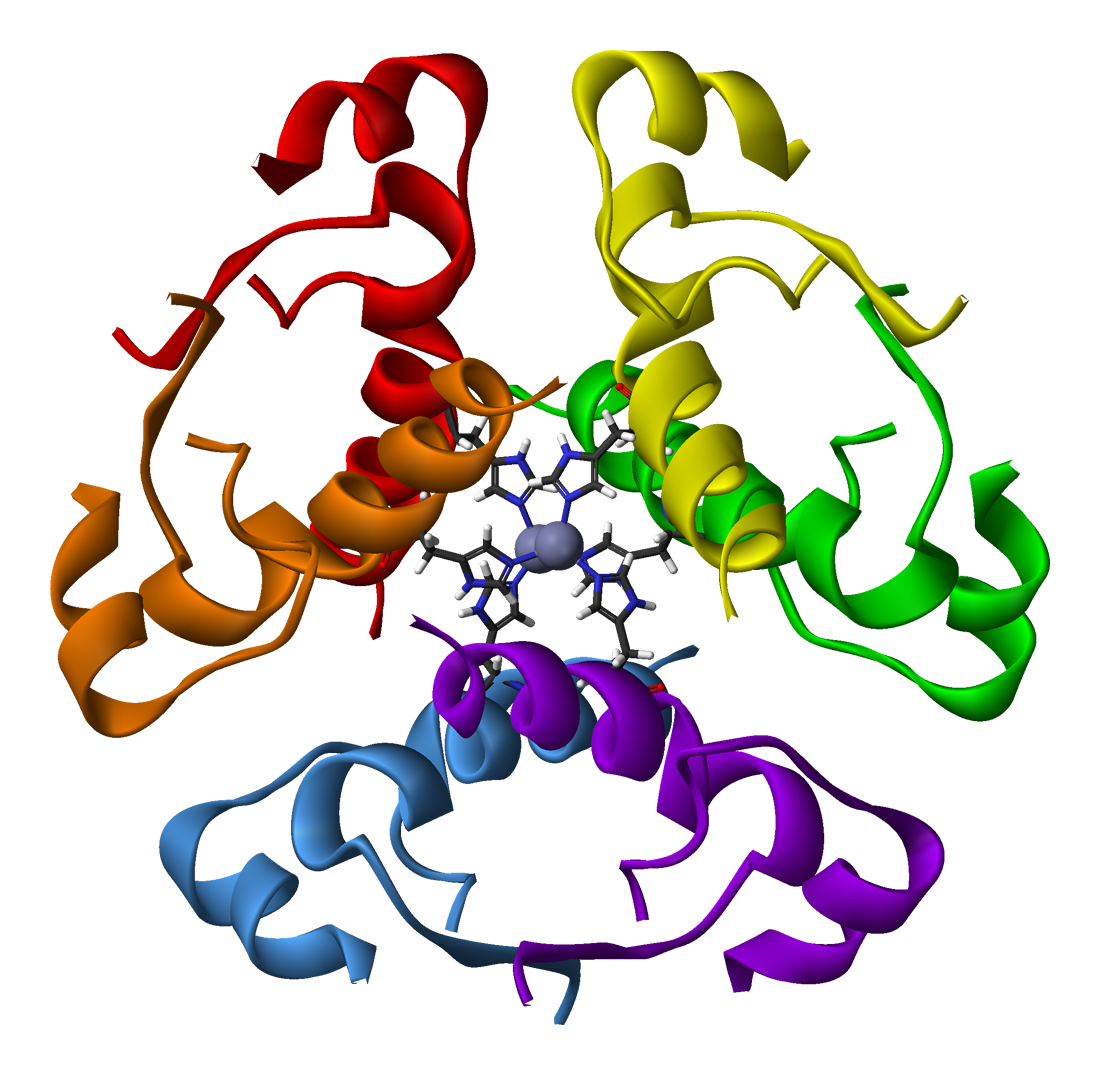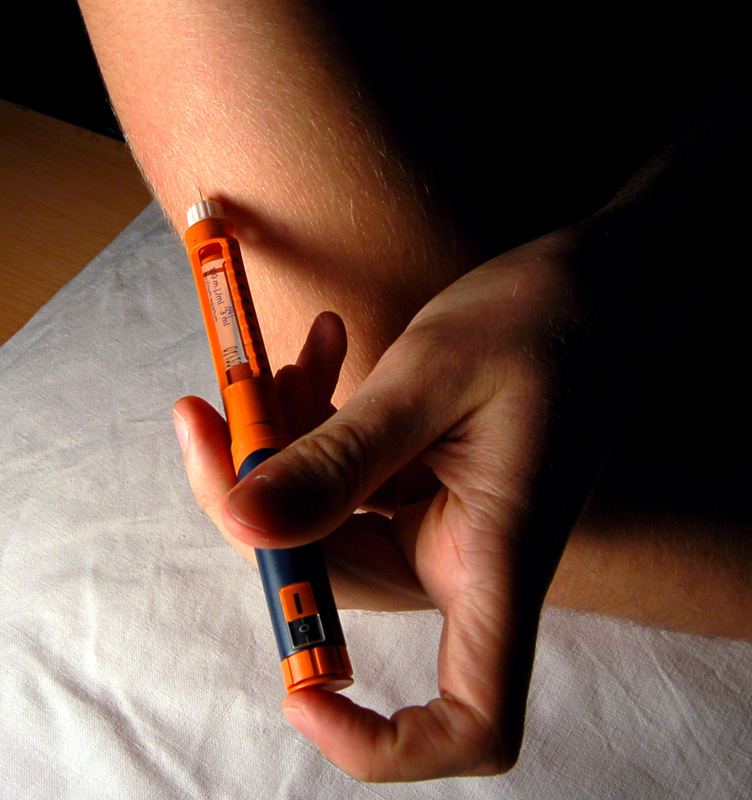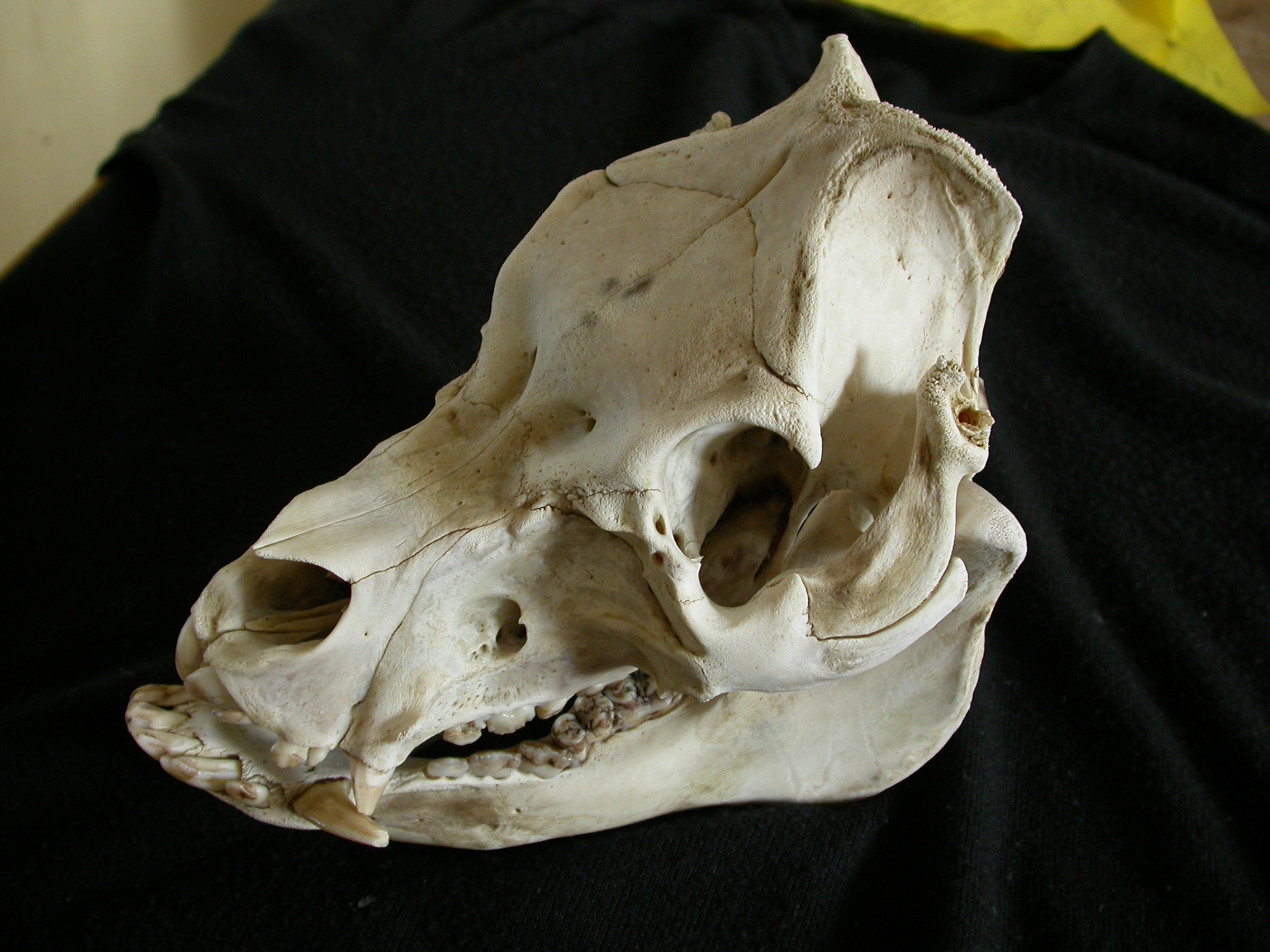|
Ultralente
Ultralente insulin was a long-acting form of insulin. It has an onset of 4 to 6 hours, a peak of 14 to 24 hours, and a duration of 28 to 36 hours. Ultralente insulin, along with lente insulin, were discontinued in the US by manufacturers in the mid-2000s. One of the reasons for discontinuation was declining use in favor of NPH insulin and other newer insulin products. The FDA withdrew approval for ultralente insulin products by 2011. History Insulin which was extracted from animal sources was used as a medicine as early as 1922. These early insulin preparations required multiple daily injections due to the short duration of action and quick degradation of the insulin protein. For this reason, researchers began studying how to prolong the effects of injected insulin. In 1952, a team at Novo Terapeutisk led by K. Hallas-Møller discovered that crystals of various sizes would form when zinc was added to insulin suspensions. Larger insulin crystals take longer to dissolve into the blo ... [...More Info...] [...Related Items...] OR: [Wikipedia] [Google] [Baidu] |
Lente Insulin
Lente insulin (from Italian ''lento'', "slow"; also called insulin zinc suspension) was an intermediate duration insulin that is no longer used in humans. The onset of lente insulin is one to two hours after the dose is administered, and the peak effect is approximately 8 to 12 hours after administration, with some effects lasting over 24 hours. Lente insulin products, along with other insulin analogs in the same family, were discontinued by their manufacturers in the mid-2000s, and are no longer permitted to be marketed for use in humans in the US.Federal Register DocE9-2901/ref>Federal Register Doc2011-14164/ref> This was in part because health care providers began to favor more predictable forms of insulin, such as recombinant NPH insulin. History Lente insulin arose from research into ways to alter the pharmacokinetics of bovine or porcine insulin products. Prior to the late 1940s, insulin products were derived from pork or beef sources, and then used virtually unaltered as ... [...More Info...] [...Related Items...] OR: [Wikipedia] [Google] [Baidu] |
Basal Insulin
As a medication, insulin is any pharmaceutical preparation of the protein hormone insulin that is used to treat high blood glucose. Such conditions include type 1 diabetes, type 2 diabetes, gestational diabetes, and complications of diabetes such as diabetic ketoacidosis and hyperosmolar hyperglycemic states. Insulin is also used along with glucose to treat hyperkalemia (high blood potassium levels). Typically it is given by injection under the skin, but some forms may also be used by injection into a vein or muscle. There are various types of insulin, suitable for various time spans. The types are often all called ''insulin'' in the broad sense, although in a more precise sense, insulin is identical to the naturally occurring molecule whereas insulin analogues have slightly different molecules that allow for modified time of action. It is on the World Health Organization's List of Essential Medicines. In 2020, regular human insulin was the 307th most commonly prescribed medicat ... [...More Info...] [...Related Items...] OR: [Wikipedia] [Google] [Baidu] |
Lente Insulin
Lente insulin (from Italian ''lento'', "slow"; also called insulin zinc suspension) was an intermediate duration insulin that is no longer used in humans. The onset of lente insulin is one to two hours after the dose is administered, and the peak effect is approximately 8 to 12 hours after administration, with some effects lasting over 24 hours. Lente insulin products, along with other insulin analogs in the same family, were discontinued by their manufacturers in the mid-2000s, and are no longer permitted to be marketed for use in humans in the US.Federal Register DocE9-2901/ref>Federal Register Doc2011-14164/ref> This was in part because health care providers began to favor more predictable forms of insulin, such as recombinant NPH insulin. History Lente insulin arose from research into ways to alter the pharmacokinetics of bovine or porcine insulin products. Prior to the late 1940s, insulin products were derived from pork or beef sources, and then used virtually unaltered as ... [...More Info...] [...Related Items...] OR: [Wikipedia] [Google] [Baidu] |
NPH Insulin
Neutral Protamine Hagedorn (NPH) insulin, also known as isophane insulin, is an intermediate-acting insulin given to help control blood sugar levels in people with diabetes. It is used by injection under the skin once to twice a day. Onset of effects is typically in 90 minutes and they last for 24 hours. Versions are available that come premixed with a short-acting insulin, such as regular insulin. The common side effect is low blood sugar. Other side effects may include pain or skin changes at the sites of injection, low blood potassium, and allergic reactions. Use during pregnancy is relatively safe for the baby. NPH insulin is made by mixing regular insulin and protamine in exact proportions with zinc and phenol such that a neutral-pH is maintained and crystals form. There are human and pig insulin based versions. Protamine insulin was first created in 1936 and NPH insulin in 1946. It is on the World Health Organization's List of Essential Medicines. NPH is an abbrevia ... [...More Info...] [...Related Items...] OR: [Wikipedia] [Google] [Baidu] |
Insulin
Insulin (, from Latin ''insula'', 'island') is a peptide hormone produced by beta cells of the pancreatic islets encoded in humans by the ''INS'' gene. It is considered to be the main anabolic hormone of the body. It regulates the metabolism of carbohydrates, fats and protein by promoting the absorption of glucose from the blood into liver, fat and skeletal muscle cells. In these tissues the absorbed glucose is converted into either glycogen via glycogenesis or fats ( triglycerides) via lipogenesis, or, in the case of the liver, into both. Glucose production and secretion by the liver is strongly inhibited by high concentrations of insulin in the blood. Circulating insulin also affects the synthesis of proteins in a wide variety of tissues. It is therefore an anabolic hormone, promoting the conversion of small molecules in the blood into large molecules inside the cells. Low insulin levels in the blood have the opposite effect by promoting widespread catabolism, espe ... [...More Info...] [...Related Items...] OR: [Wikipedia] [Google] [Baidu] |
Novo Nordisk
Novo Nordisk A/S is a Danish multinational pharmaceutical company headquartered in Bagsværd, Denmark, with production facilities in nine countries, and affiliates or offices in five countries. Novo Nordisk is controlled by majority shareholder Novo Holdings A/S which holds approximately 25% of its shares and a supermajority (45%) of its voting shares. Novo Nordisk manufactures and markets pharmaceutical products and services specifically diabetes care medications and devices. Novo Nordisk is also involved with hemostasis management, growth hormone therapy and hormone replacement therapy. The company makes several drugs under various brand names, including Levemir, Tresiba, NovoLog, Novolin R, NovoSeven, NovoEight and Victoza. Novo Nordisk employs more than 48,000 people globally, and markets its products in 168 countries. The corporation was created in 1989 through a merger of two Danish companies which date back to the 1920s. The Novo Nordisk logo is the Apis bu ... [...More Info...] [...Related Items...] OR: [Wikipedia] [Google] [Baidu] |
Amorphous
In condensed matter physics and materials science, an amorphous solid (or non-crystalline solid, glassy solid) is a solid that lacks the long-range order that is characteristic of a crystal. Etymology The term comes from the Greek language, Greek ''a'' ("without"), and ''morphé'' ("shape, form"). In some older articles and books, the term was used synonymously with glass. Today, "glassy solid" or "amorphous solid" is considered the overarching concept. Polymer, Polymers are often amorphous. Structure Amorphous materials have an internal structure comprising interconnected structural blocks that can be similar to the basic structural units found in the corresponding crystalline phase of the same compound. Unlike crystalline materials, however, no long-range order exists. Localized order in amorphous materials can be categorized as short or medium range order. By convention, short range order extends only to the nearest neighbor shell, typically only 1-2 atomic spacings. Me ... [...More Info...] [...Related Items...] OR: [Wikipedia] [Google] [Baidu] |
Bovine
Bovines (subfamily Bovinae) comprise a diverse group of 10 genera of medium to large-sized ungulates, including cattle, bison, African buffalo, water buffalos, and the four-horned and spiral-horned antelopes. The evolutionary relationship between the members of the group is still debated, and their classification into loose tribes rather than formal subgroups reflects this uncertainty. General characteristics include cloven hooves and usually at least one of the sexes of a species having true horns. The largest extant bovine is the gaur. In many countries, bovid milk and meat is used as food by humans. Cattle are kept as livestock almost everywhere except in parts of India and Nepal, where they are considered sacred by most Hindus. Bovids are used as draft animals and as riding animals. Small breeds of domestic bovid, such as the Miniature Zebu, are kept as pets. Bovid leather is durable and flexible and is used to produce a wide range of goods including clothing an ... [...More Info...] [...Related Items...] OR: [Wikipedia] [Google] [Baidu] |
Porcine
The pig (''Sus domesticus''), often called swine, hog, or domestic pig when distinguishing from other members of the genus ''Sus'', is an omnivorous, domesticated, even-toed, hoofed mammal. It is variously considered a subspecies of ''Sus scrofa'' (the wild boar or Eurasian boar) or a distinct species. The pig's head-plus-body length ranges from , and adult pigs typically weigh between , with well-fed individuals even exceeding this range. The size and weight of hogs largely depends on their breed. Compared to other artiodactyls, a pig's head is relatively long and pointed. Most even-toed ungulates are herbivorous, but pigs are omnivores, like their wild relative. Pigs grunt and make snorting sounds. When used as livestock, pigs are farmed primarily for the production of meat, called pork. A group of pigs is called a ''passel'', a ''team'', or a ''sounder''. The animal's bones, hide, and bristles are also used in products. Pigs, especially miniature breeds, are kept ... [...More Info...] [...Related Items...] OR: [Wikipedia] [Google] [Baidu] |
Recombinant DNA Technology
Molecular cloning is a set of experimental methods in molecular biology that are used to assemble recombinant DNA molecules and to direct their replication within host organisms. The use of the word ''cloning'' refers to the fact that the method involves the replication of one molecule to produce a population of cells with identical DNA molecules. Molecular cloning generally uses DNA sequences from two different organisms: the species that is the source of the DNA to be cloned, and the species that will serve as the living host for replication of the recombinant DNA. Molecular cloning methods are central to many contemporary areas of modern biology and medicine. In a conventional molecular cloning experiment, the DNA to be cloned is obtained from an organism of interest, then treated with enzymes in the test tube to generate smaller DNA fragments. Subsequently, these fragments are then combined with vector DNA to generate recombinant DNA molecules. The recombinant DNA is then in ... [...More Info...] [...Related Items...] OR: [Wikipedia] [Google] [Baidu] |
Insulin Analogue
An insulin analog ( also called an insulin analogue) is any of several types of medical insulin that are altered forms of the hormone insulin, different from any occurring in nature, but still available to the human body for performing the same action as human insulin in terms of controlling blood glucose levels in diabetes. Through genetic engineering of the underlying DNA, the amino acid sequence of insulin can be changed to alter its ADME (absorption, distribution, metabolism, and excretion) characteristics. Officially, the U.S. Food and Drug Administration (FDA) refers to these agents as insulin receptor ligands (because, like insulin itself, they are ligands of the insulin receptor), although they are usually just referred to as insulin analogs or even (loosely but commonly) just insulin (without further specification). These modifications have been used to create two types of insulin analogs: those that are more readily absorbed from the injection site and therefore act ... [...More Info...] [...Related Items...] OR: [Wikipedia] [Google] [Baidu] |







